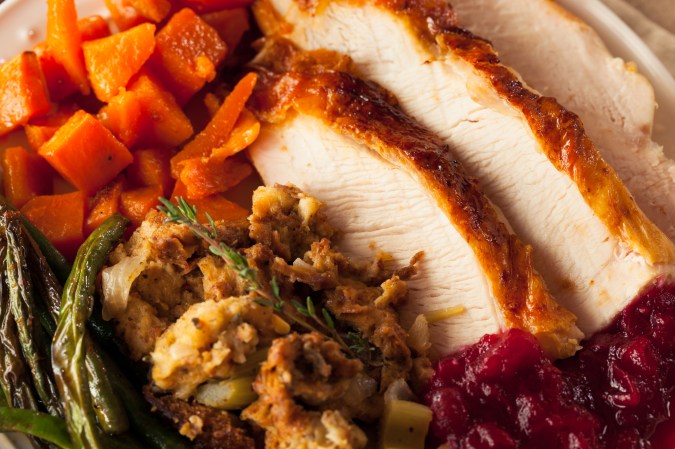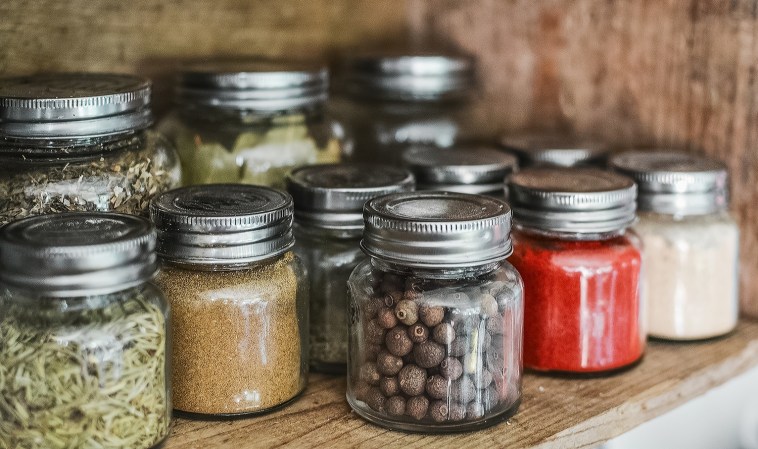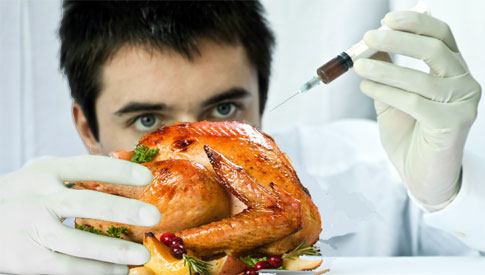

Ruth S. MacDonald is an associate dean at the College of Agriculture and Life Sciences at Iowa State University. This story originally featured in The Conversation.
Summer means cookouts, picnics and backyard barbecues. But a generous spread of food eaten outside raises some serious health questions. Nobody wants food poisoning—or to make their guests sick. But how do you know when you’ve kept the potato salad or fruit medley out too long?
As a professor and chair of the Food Science and Human Nutrition program at Iowa State University, I’ll answer those questions by starting with the basics of food safety.
Two general classes of food-related microorganisms exist. Pathogenic organisms make you sick. Other types of organisms make food look, smell and taste bad—in other words, they make food spoil.
It’s usually pretty easy to tell if spoilage microorganisms have invaded your food. Molds and fuzzy growth appear on solid foods. Liquids look cloudy or clumpy and often smell bad. Eating spoiled foods is never a good idea, and you’re smart to err on the side of caution. When in doubt, throw it out.
Cutting boards and kitchen thermometers
Pathogenic microorganisms in foods are much more stealthy. These microorganisms are the ones that cause cramps, vomiting, diarrhea, fever and chills—symptoms that people associate with the “stomach flu.” Viruses also cause food-borne illness. Typically, detecting pathogens in foods by smell or sight isn’t possible. So proper handling and storage, and knowing when to toss leftovers, is critical.
The first rule of food safety is to keep preparation areas clean. Developing a routine helps. Always wash your hands before handling food. Make sure you thaw meats in the refrigerator, not on the countertop. Otherwise, as the frozen meat sits at room temperature, its outer surfaces warm faster than the interior. This allows pathogens to multiply.
Don’t use the same cutting board for meat, fruits, and vegetables. In my kitchen, a red cutting board is for meat; the green one for fruits and vegetables. Use different knives, plates, and utensils for the raw meats, and always put cooked meats on a clean plate.
Never rinse off raw meat or chicken in the sink, because that practice spreads bacteria on kitchen surfaces. Actually, there’s no need to rinse meat and chicken before cooking. But, if you insist, sanitize the sink with an antibacterial cleaning after moving the food away. That’s “after”—be sure not to contaminate any foods with the cleaner.
Any pathogens will be destroyed by fully cooking the meat to the recommended temperatures. Invest in a good kitchen thermometer. Although recommendations can vary slightly, you basically want an internal temperature of 160 F (71 C) for beef and pork, 165 F (74 C) for poultry, and 145 F (63 C) for fish and ham. Once food is cooked, keep hot foods at 140 F (60 C) or higher. When transporting or serving foods over a period of time, keep cold foods on ice or in a cooler, especially during the hot summer months.
Dealing with leftovers
After the meal is over, don’t let the leftovers linger. Move them into the refrigerator quickly.
As a newlywed, I spent Thanksgiving at my in-laws’ home in northern Minnesota. After dinner, they took all the serving dishes—turkey, stuffing and mashed potatoes—and put them on the screened porch for storage. It was probably less than 20 F (-6 C) degrees outside—but still, that’s not a great idea because weather changes quickly and temperatures will fluctuate, leading to risk of pathogen growth.
My husband also believed foods should cool down on the counter before putting them in the fridge; he said it reduced stress on the refrigerator. This is not necessary and increases the risk for food pathogens. Modern refrigerators are fully capable of cooling warm foods quickly while maintaining their internal temperatures, so don’t hesitate to put away those leftovers as soon as possible.
Now, with the fridge full of leftovers, how long are they good to eat? Most cooked foods are safe to consume within three to four days. After that, contamination risk increases. If you have more leftovers than you can eat in that time frame, put them in the freezer. Be sure to cook leftovers to 165 F (74 C) before eating.
Baked goods like breads, cakes, pies, and cookies made in your kitchen will have a shorter shelf life than store-purchased items because yours are without preservatives. They will become stale, lose their texture sooner, and grow mold. Once you see that, toss the whole thing out rather than try to cut away the contaminated spots. While it’s unlikely to cause severe illness, some bread molds produce toxins that might cause problems, particularly for children or the elderly.
Foods with higher moisture content spoil faster because water gives bacteria a chance to grow. So carrot cakes or zucchini bread spoil within about five days. Refrigerate these items, and you’ll increase their shelf life. Pies should be stored in the refrigerator and eaten within three to four days. Cookies are typically low in moisture, except those containing fruit, jam, or icing. Keep these types of cookies in the refrigerator and discard if they start to grow mold.
As you get ready for your summer get-togethers, keep in mind that reducing food waste is good for both the environment and your budget, so consider portion sizes and the quantity you’re making to better manage leftovers. And remember that proper handling as you prepare and then store your meals will make sure you and your family enjoy your cookouts, parties, and reunions without a food-related illness.















